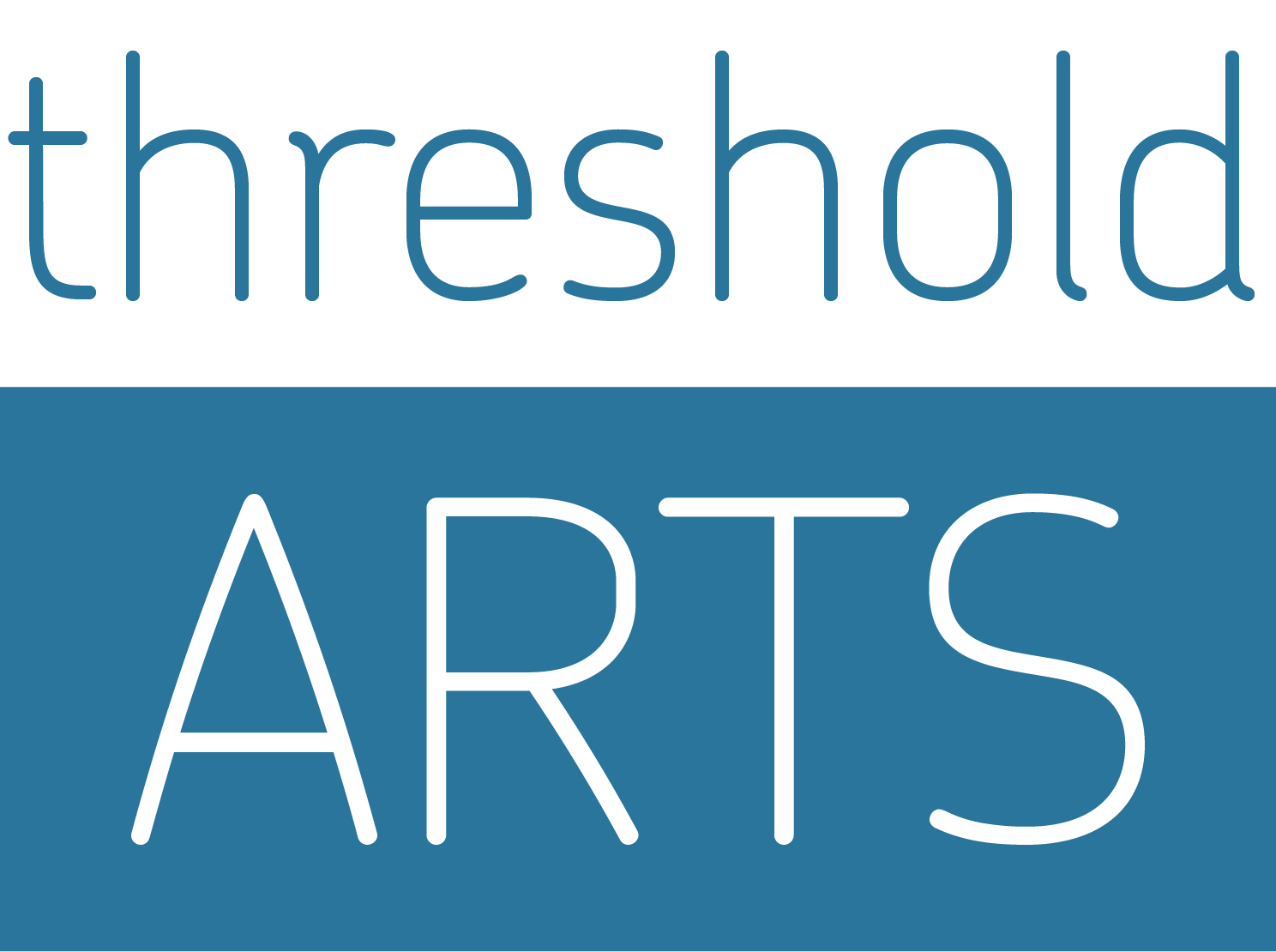OPTIC DRIFT
Selections from the Topel family collection
July 29 – August 4, 2019
Threshold Arts has a special opportunity to share an exhibition of Kinetic and Op Art by several international artists including Carlos Cruz-Diez, Jesús Rafael Soto, Julio Le Parc, and more. A selection of work from the Topel family collection is on view in our Turret Gallery for a limited time.
Victor Valera (1927-2013) Venezuela
Victor Valera (Born in Maracaibo, Venezuela in 1927). In 1941, he registered in the School of Arts in Venezuela. In 1945 he moved to Caracas and entered the School of Pictorial and Applied Arts. In 1952 he traveled to Paris to work as Jean Dewasne and Victor Vasarely’s ateliers. He has carried out a vast number of individual and collective painting and sculpture exhibitions in museums, salons, national and international art fairs, private institutions halls, galleries, universities. His work is often shown and celebrated in his own country as well as in Colombia, Brazil, United States, Spain, Belgium and China. Victor Valera is one of the most acknowledged artists in his nation. He earned the National Prize for sculpture in 1958.
Carlos Cruz-Diez (1923-2019) France/Venezuela
Carlos Cruz-Diez (born in Caracas in 1960). The Franco-Venezuelan artist Carlos Cruz-Diez has lived and worked in Paris since 1960. He is a major protagonist in the field of Kinetic and Optical art, a movement that encourages “an awareness of the instability of reality.” His body of work has established him as one of the key twentieth-century thinkers in the realm of color. Cruz-Diez broke new ground in color-optics during the Kinetic art movement of the 1960s. Deeply interested in color relationships, aesthetics, and perception, his influences include Georges Seurat’s shimmering, pointillist compositions and Josef Albers’ illusionistic square paintings. His optical experiments focus on how color and line can create a sensation of movement as the viewer’s relative position to the artwork changes.
Victor Vasarely (1906-1997) Hungary/France
Victor Vasarely was a French-Hungarian artist credited as the grandfather and leader of the Op Art movement. Utilizing geometric shapes and colorful graphics, the artist created compelling illusions of spatial depth. Vasarely’s method of painting borrowed from a range of influences, including Bauhaus design principles, Wassily Kandinsky, and Constructivism. The artist experimented in a style based in Surrealism and Abstract Expressionism during the 1940s, before arriving at his hallmark checkerboard paintings. His works are presently held in the collections of the Albright-Knox Art Gallery in Buffalo, the Art Institute of Chicago, the Tate Gallery in London, and the Peggy Guggenheim Collection in Venice.
Julio Le Parc (1928) Argentina
Julio Le Parc (Born on September 23, 1928) is an Argentina-born artist who focuses on both modern op art and kinetic art. Le Parc attended the School of Fine Arts in Argentina. A founding member of Groupe de Recherche d’Art Visuel (GRAV) and award-winning artworks, he is a significant figure in Argentinean modern art. Julio Le Parc is among the progenitors of the Op Art movement who posits a utopian vision for art and society through his perceptually illusory paintings, sculptures, and immersive installations. As co-founder of the Groupe de Recherche d’Art Visuel (Visual Art Research Group), he worked to break down the boundaries between art and the viewer.
Jesús Rafael Soto (1923-2005) Venezuela
Jesús Rafael Soto (Born on June 5, 1923, in Ciudad Bolívar, Venezuela). He studied at the Escuela de artes plásticas in Caracas from 1942 to 1947 and then served as director of the Escuela de bellas artes in Maracaibo, Venezuela, until 1950, at which time he moved to Paris. There he associated with Yaacov Agam, Jean Tinguely, and Victor Vasarely. Having started out as an illusionistic painter, in 1955 Soto participated in Le Mouvement (The Movement) that effectively launched Kinetic art. Soto’s art oscillated between geometric and organic forms. His work is often associated with Venezuelan Op art. Major exhibitions of Soto’s work took place at Signals Gallery, London (1965); Museum of Contemporary Art, Chicago (1971); Solomon R. Guggenheim Museum, New York (1974); and Musée national d’art moderne, Centre Georges Pompidou, Paris (1979). Soto’s sculptures and environments often play with the juxtaposition of solid and void, deliberately unsettling the act of viewing by blurring the distinction between reality and illusion.
Richard Anusziewicz (1930) United States
Richard Anuszkiewicz (Born in Erie, Pennsylvania in 1930). Anuszkiewicz’s work revealed a formidable technique capable of creating “precise, clean lines” that stand out sharply while at the same time being very thin. He had a powerful instinct for choosing exactly the right colors and hues to juxtapose for maximum effect; and had an eye and hand capable of making infinitesimal adjustments in gradations of color or intensity that sometimes violated natural progressions, in order to preserve the painting’s mesmerizing effect.
In 1960, the Museum of Modern Art bought two of his paintings, and he was off and running. More than 100 solo shows and representation in almost three times that many group exhibitions followed. Anuszkiewicz’s work is owned by close to 100 public, and countless private and corporate collections in the U.S. and abroad; he has executed nearly a dozen large murals and public art commissions and received several prestigious awards.
Cover image: Richard Anusziewicz, Soft Ultramarine, 1975. Acrylic on canvas, 182 x 160 cm.

